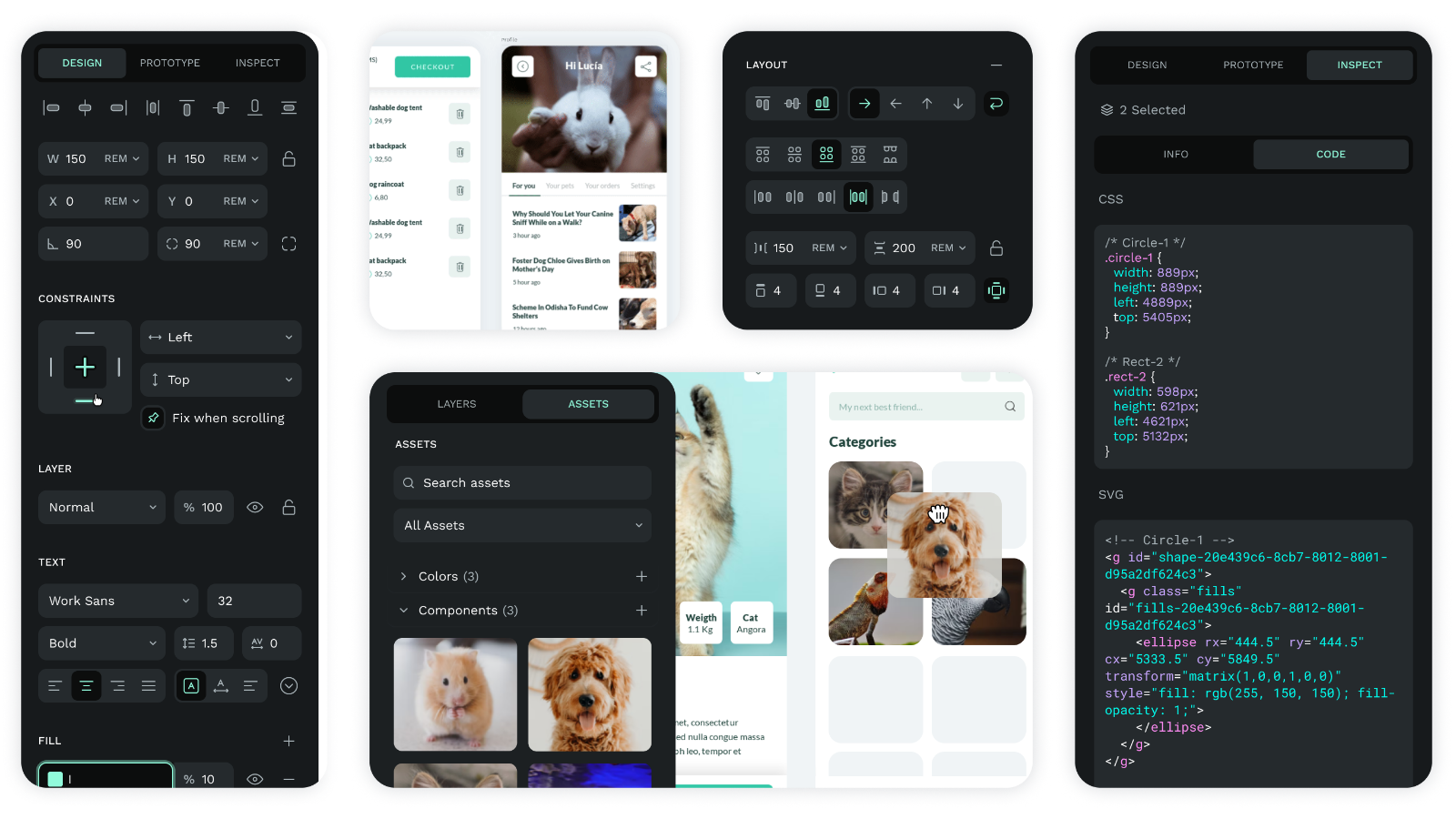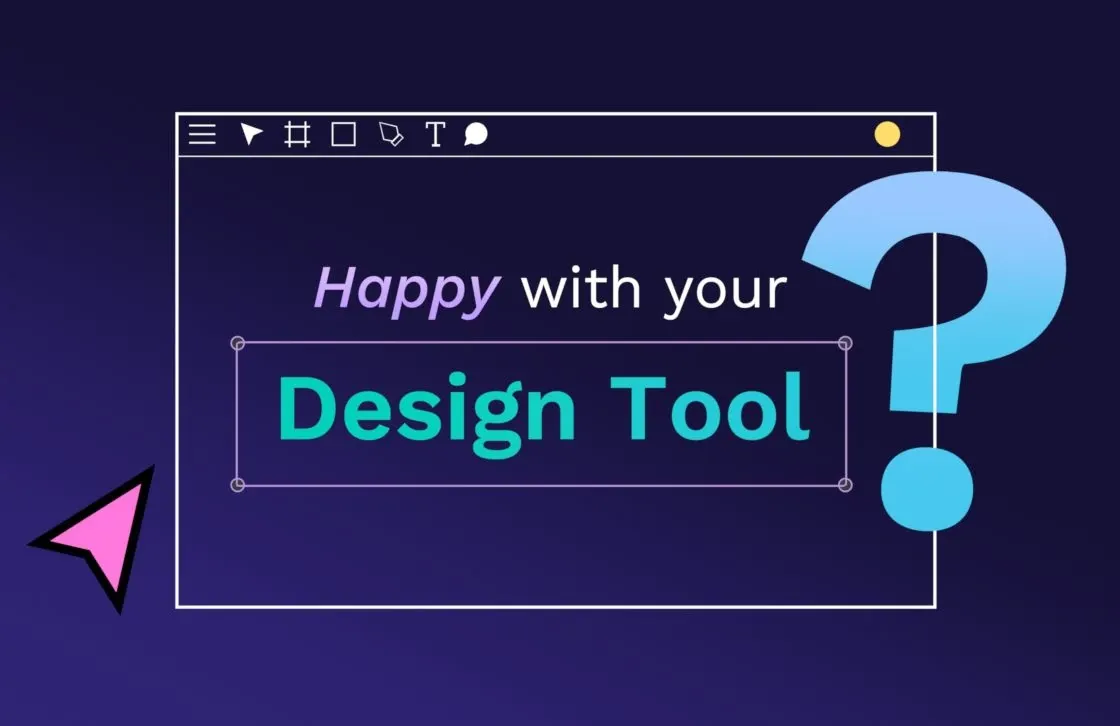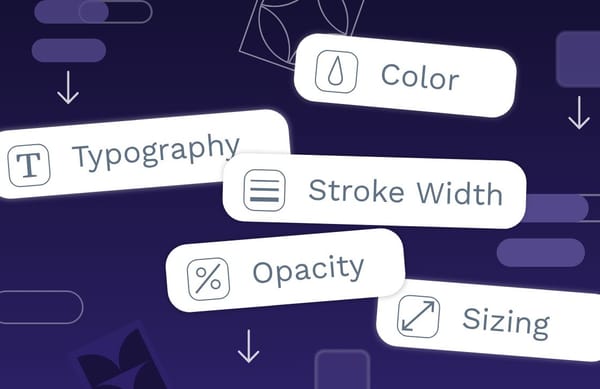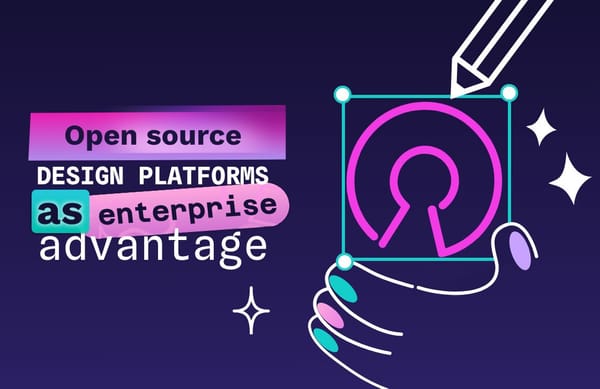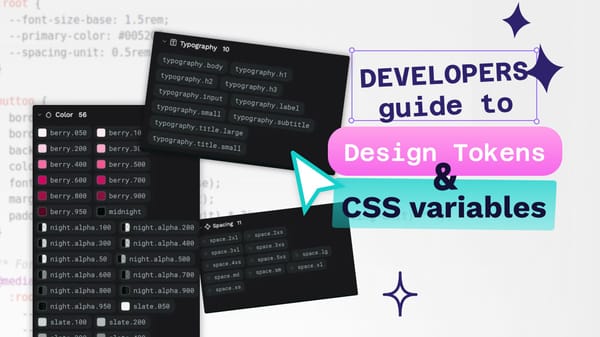How Open Source can champion Inclusion & Diversity in Design
Discover how open source initiatives promote inclusion and diversity in design, encouraging a collaborative and creative community.
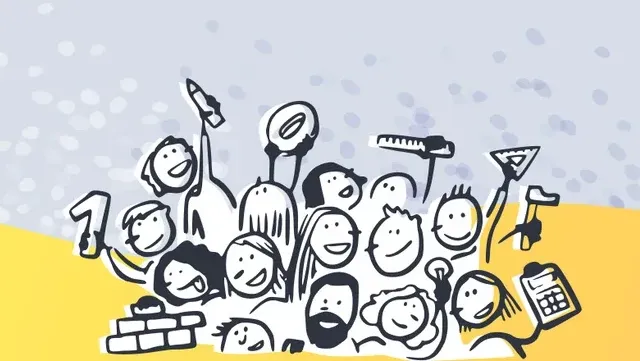
In the Tech Community, conversations about the access of all kinds of profiles to the technology industry are common. It is usual to find debates about training, tools, collaboration with Open Source projects. There are also a lot of initiatives geared towards diversity, accessibility and inclusion.
In Design, the conversations often are at another level. They tend to revolve around whether design is an Art or a Craft or whether bootcamps are enough training, about how product design affects people’s lives … even, from time to time, we find little gems about design and politics, making us think about a reality that we often ignore. But what is rarely said is how the way we work can make it very hard for people with different backgrounds to access.
An ivory tower
When you decide that you want to go into Design, things look good: you have tons of online resources, bootcamps, courses and a very active community to learn from. Something similar to what happens when you want to learn programming, but with a small difference: in development there are no entry barriers beyond the fact that you need a computer and an internet connection.
We could think that the same thing happens in design. And the truth is that the basics are available to anyone on the Internet. Most of the time you don’t need more than a pencil and paper to get to work.
But what happens when you want to become a professional? What about the tools you need if you want to start with side projects or if you want to do specialized training? Is a computer and an internet connection enough? Can everyone afford it? It seems logical to think that, by the nature of our profession, there are insurmountable minimums, but there are many others considered necessary which are, in fact, not.
Design tools can be a matter of privilege
Just as one example: Until recently (2019), one of the most reputable UX / UI bootcamps demanded a MacBook to take the course. And it is (was?) something relatively frequent:
Unfortunately, much software has been built around and dependent on it, fostering monopolistic practices and sacrificing not only freedom of choice and universality along the way, but also many valuable people who fled an environment suitable only for those with a certain purchasing power.
Recuerdo lo impactada que me quedé cuando fui a optar a una beca y dijeron al empezar: "Tener un Mac es obligatorio si estudiáis aquí". Yo lo tenía ya, pero, vaya, vas a que te den una beca pq no puedes pagar los estudios y tienes que dejarte 2k€ en un portátil pq el software.
— nora (@noraferreiros) October 26, 2020
[Translation: “I remember how shocked I was when I applied for a scholarship and they told me: “A Mac is mandatory if you study here.” I already had one but, what if you apply for a scholarship because you can’t afford your studies and then you have to spend € 2k on a laptop?”]
On the other hand, some companies, such as Adobe, have adopted a stringent licensing model to prevent their applications from being hacked; a model that survives thanks to training schools and companies that pay for not going through a traumatic migration. Meanwhile, a large user base gets by with older versions of software or has migrated to other options. Maybe that’s why some of its latest tools like Adobe XD are offered for free. It may be the only way to win back and trap in Creative Cloudall those lost users while enjoying their monopoly.
Luckily, there have always been alternatives that have allowed extremely stubborn people to develop their professional careers in Design without having to tie themselves to certain software or hardware. But let’s face it: it’s tough. It is a path that not everyone can or is willing to go on, and often is related to an ethical vision of the world of software. Learning with free and/or free alternatives requires more time and effort. And when looking for a job, tools are important. You need to know how to use them, so the real(?) choice hardly exists. And if you can afford it, one of two things: either you are willing to sacrifice something, or throw in the towel. It is, like almost everything in life, a matter of privilege.
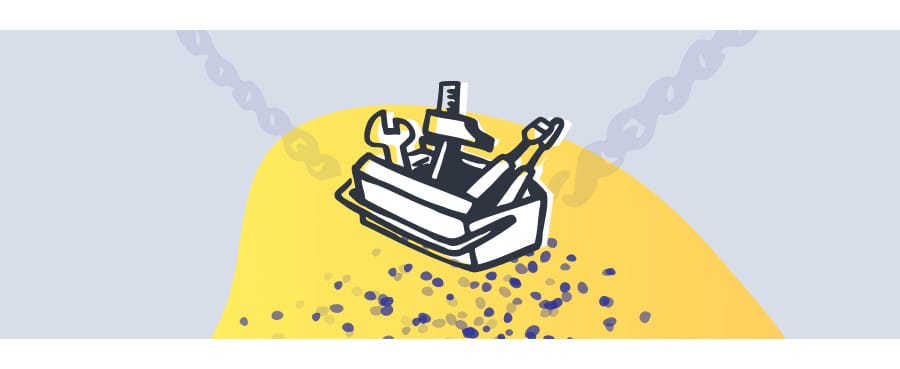
And once you’re in, things don’t improve
In technical teams it is common to see a diversity of tools; many companies allow their employees to choose the hardware and software within quite reasonable parameters. In design teams this is unthinkable. Close your eyes and visualize a design team: they are clones, all with the same tools, tied to software and hardware licenses, whose cost and integration with third parties often prevent any change to other tools.
There is therefore very little freedom of choice once you are part of the industry. And it is something I think most designers are OK with. It’s the Stockholm Syndrome of the design community.
We love to talk and discuss how to make our products inclusive and accessible, about how our design influences people’s lives, but we don’t want to stop and think about how the decisions we make regarding software and hardware might be excluding other people.
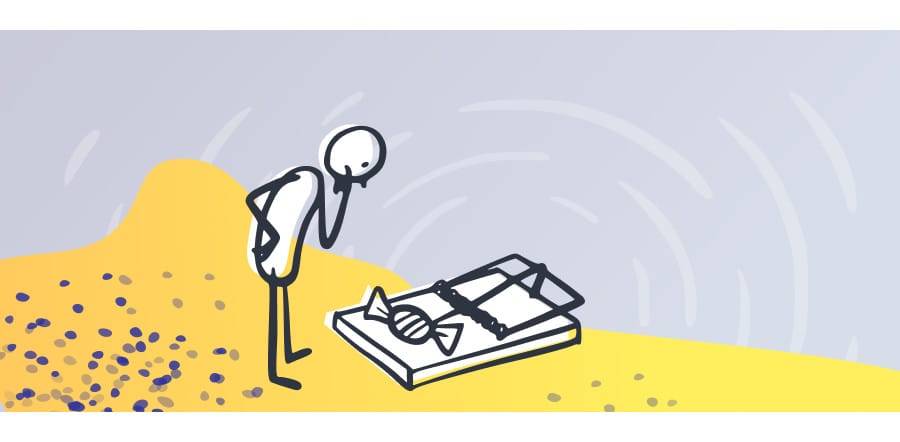
Agnosticism and classism
They say that good designers must be agnostic to trends, regarding both design and tools. And I agree. But the reality is not so simple. People who are unwilling or unable to work with certain software and hardware have always been seen as second-rate designers. In fact, the use of certain software and hardware continues to be a characteristic and differential element of the world of design, something aspirational. As juniors, we want to become another one of the privileged designers and use their same tools.
Open Source in design? Free tools? Ugh. Free tools are actively and proudly promoted in development, but in the world of design, with some honorable exceptions, they even generate a certain rejection. It seems that if you don’t use the “X tool,” your work will never be good enough. We go on and on about the performance of “tool Z”, how it improves our productivity, when the reality is that we are tied to it and to its closed formats and, worse still, we do not want to stop being so nor do we want to think about it.
Fortunately, the current trend is democratizing the entry into the world of design, thanks to the current browser agnosticism, without Operating System dependencies; with free plans for easy access and with premium options for a more extensive use. A model that, together with the commitment to the Community, seems to be working very well. Unfortunately, most of these alternatives remain proprietary, so our work continues to be hijacked by closed and non-standard formats, and Open Source tools continue to be seen as second-best alternatives in certain circles.
It is surprising, seeing the current trend, that Sketch went on to develop a native app exclusively for Apple, arguing a series of quite questionable and somewhat elitist reasons. It has surprised and even annoyed some users whom, despite being loyal to the app, understand that closing doors is not the way to go.
I will always be grateful for what they’ve done for the design community but trying to justify a decision that’s leaving out so many people that can’t afford/don't want to own a Mac to build things doesn’t feel great.
— Adrián Mato 🐙 (@adrianmg) October 26, 2020
Actual diversity in Design
Another recurring topic in the community is how bias affects the design of inclusive and accessible products. We talk about hiring processes, parity, and many other things related to diversity in our teams.
But we should ask ourselves many other questions: How is it possible to get a diverse team if we only include people whose origins or privileges have allowed them to dedicate themselves to design? Is it enough to talk about racialization or gender or functional diversity? How does a person with scarce resources access this career? How can people who, for ethical or political reasons, do not want to use certain software or hardware, join the Design industry? Is it fair that they stay behind? Can we achieve a truly inclusive product only with good User Research and User Testing? Can a commitment to Open Source tools be a solution to some of these issues?
What do we do at Kaleidos?
At Kaleidos, as a company committed to Free Software, we're very aware of the lack of appropriate UI Design Tools up until now. It is something that we specify in our job offers; something we are trying to fix through Penpot, our own open-source design platform. Also, we have always been involved in the Open Source Design Community.
Latest 2.0 release video
We want to banish once and for all the myth that Free Software and Design cannot go hand in hand, that it is not viable to use these types of tools professionally.
And we want to do it without leaving anyone behind, even at the expense of the Goddess of Performance and the God of Productivity.
At least that’s what I signed up for 😄
Related Blogs
Check out our other blogs, from informative topic guides to tutorials on how to get the most out of Penpot.
